The Victorian Environment Assessment Council has released a summary of responses to its draft recommendations on the Central West forests. The summary can be found here.
The consultation is an interesting example of a public body sounding out opinion as part of its decision making process. In addition to a widely representative reference group, and direct communication with landholders with an interest in the areas in question, VEAC conducted drop in sessions in the region, and invited submissions:
‘In total, 2698 written submissions on the draft proposals paper were received. Approximately 24 percent were from Melbourne, 20 per cent from in or near the investigation area, 19 per cent from other parts of rural and regional Victoria, and 3 per cent from interstate;34 per cent were submitted with no location information. 137 submissions were from organisations and the remainder were from individuals.’
There were 1500 identical [ie, pro forma] submissions. Of these, 919 opposed the creation of a Wombat National Park, and 618 were pro forma submissions prepared by the Victorian National Parks Association. These supported the draft recommendations plus the creation of a national park in the Mount Cole area. The individual submissions reveal a wide variety of often contradictory views, which the council will have to account for in its final recommendations. Some of the submissions showed a degree of cynicism about the Council’s independence, but as far as we can tell, the process has been pretty transparent. Given our own cynicism about aspects of the Victorian Government’s ‘engage Victoria’ process, we were interested in VEAC’s comment on the way it considered the public’s views:
‘Because submitters do not constitute a representative sample of the population, recommendations are not based on the number of times a comment or viewpoint was submitted; rather, it was what was in the submissions that counted.’
The final report will be delivered to the Minister in June.

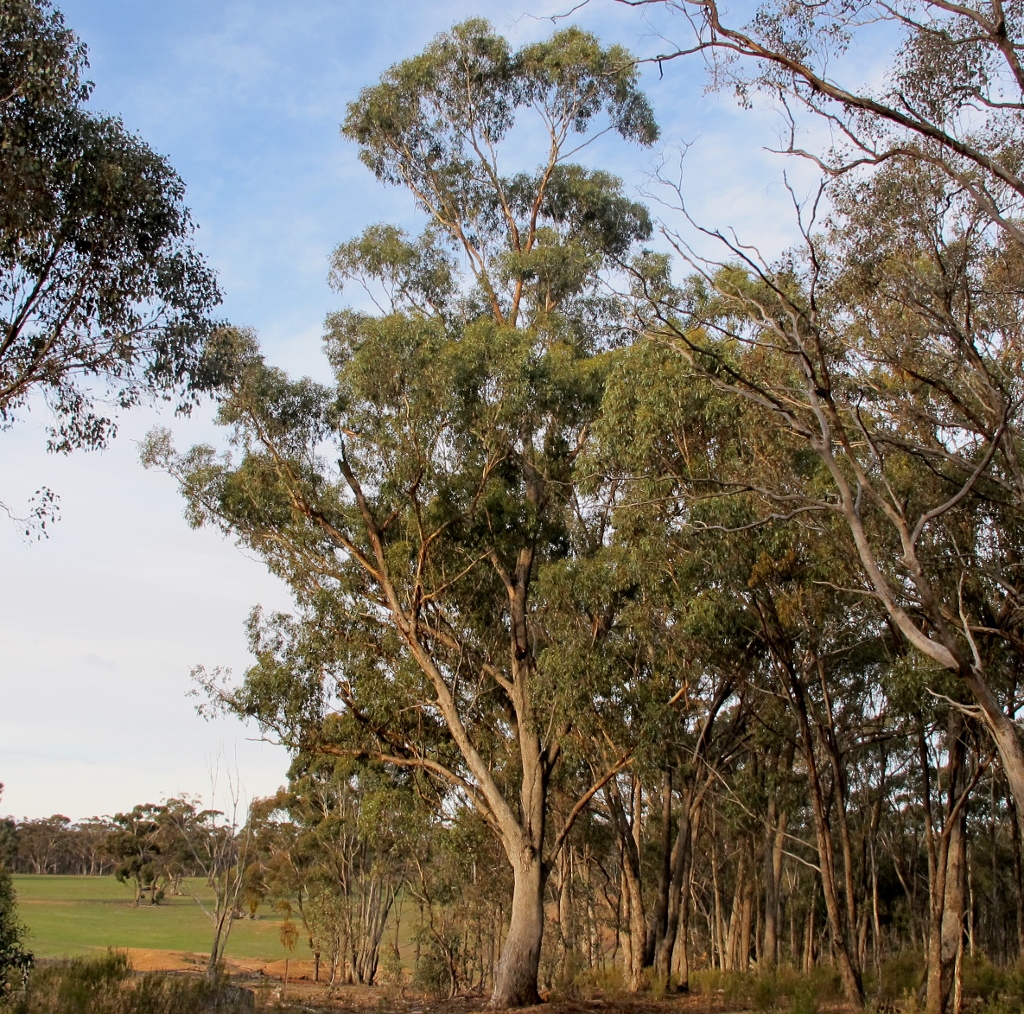

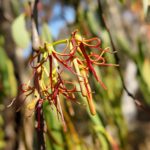
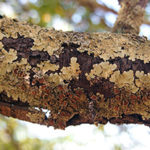
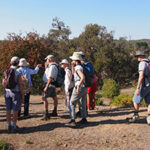
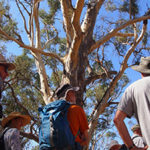
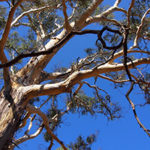
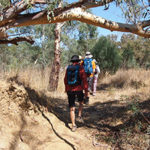
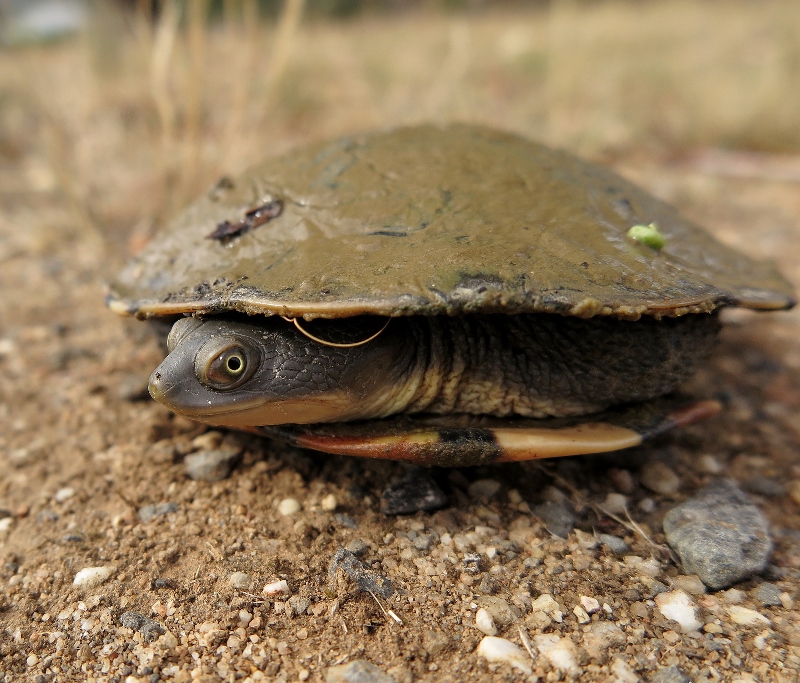




 Click on image for info/order page
Click on image for info/order page Click on image for info/order page
Click on image for info/order page Click on image for info/order page
Click on image for info/order page




















